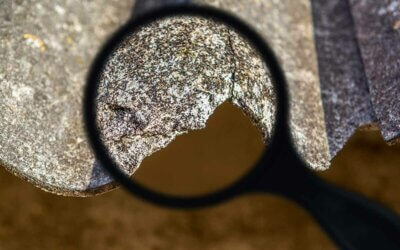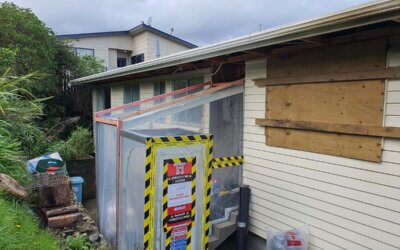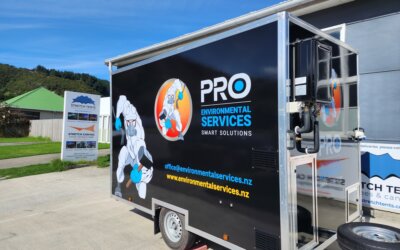Types of Class B asbestos products
13 July 2022Did you know there are two types of asbestos products? Here’s more about the difference between the types, and examples of Class B asbestos products.
Asbestos is widely known as an extremely dangerous product that must be managed or removed from any property in New Zealand. It’s also useful to know that there are in fact two types of asbestos – Class A and Class B – which is why there are two types of asbestos removalists.
We have previously covered Class A asbestos and what kinds of products it is usually found in, so this time, we’re taking a closer look at Class B asbestos.
Here’s a little more about what the difference is, and where you might find Class B asbestos products in New Zealand properties.
What is Class B asbestos?
Of the two types of asbestos, Class B is considered to be the less dangerous one. That’s because it is, by definition, ‘non-friable’. Non-friable means that it is not prone to turning to dust or becoming powdery, usually because it is mixed in with other products or sealed together.
Essentially, if asbestos is Class B, it is typically more stable, and therefore less likely to cause immediate danger to anyone living, working, or visiting on site.
However, it’s still important that Class B asbestos is carefully inspected, tested, and managed to ensure it does not pose a danger. It is possible for Class B asbestos products to degrade over time and become Class A asbestos, so you should never underestimate the hazardous nature of this kind of asbestos.
Types of Class B asbestos products
It’s impossible to know which type of asbestos is present without a test, so keep in mind that even the professionals can’t usually ascribe a class without testing the material first.
That said, Class B asbestos is often found in the same kinds of products again and again, so it’s good to be aware of those products so you know to have them tested.
Typical Class B asbestos products include:
- Vinyl composite tiles (VCT)
- Electrical resin products
- Cement sheets
- Cement pipes, gutters, and roofing products
- Bituminous products
Keep in mind, it’s possible for a Class B asbestos product to deteriorate, and therefore become ‘friable’, which makes it a Class A asbestos product. The only way to tell the difference is with expert asbestos testing, after which you can make a plan for managing or safely removing the asbestos.
It’s also important to know that some asbestos removal specialists only remove Class B asbestos. It takes additional training, expertise, and safety equipment to remove Class A asbestos, so you will need to know which class you have present on your property before hiring an asbestos remover.
PRO Environmental Services for safe asbestos removal
PRO Environmental Services is a Class A and Class B asbestos removal company. We can safely remove any kind of asbestos from your property, and provide an all clear certificate upon completion so you can return to living or working on the site.
Get in touch at any time for a free quote, or to find out more about our asbestos removal services.
Related articles from our blog
What are the signs of asbestos exposure?
Symptoms of asbestos exposure don’t occur until decades later. Here are some of the common signs of asbestos exposure.
Emergency Asbestos Removal
We are available for emergency asbestos removal around Wellington and central New Zealand. Contact us to eliminate the risk.
Worksafe urges employers and tradespeople to take greater care around asbestos
Worksafe has reminded employers and workers of the dangers of asbestos, and urged everyone to take greater care and prevent illnesses.


